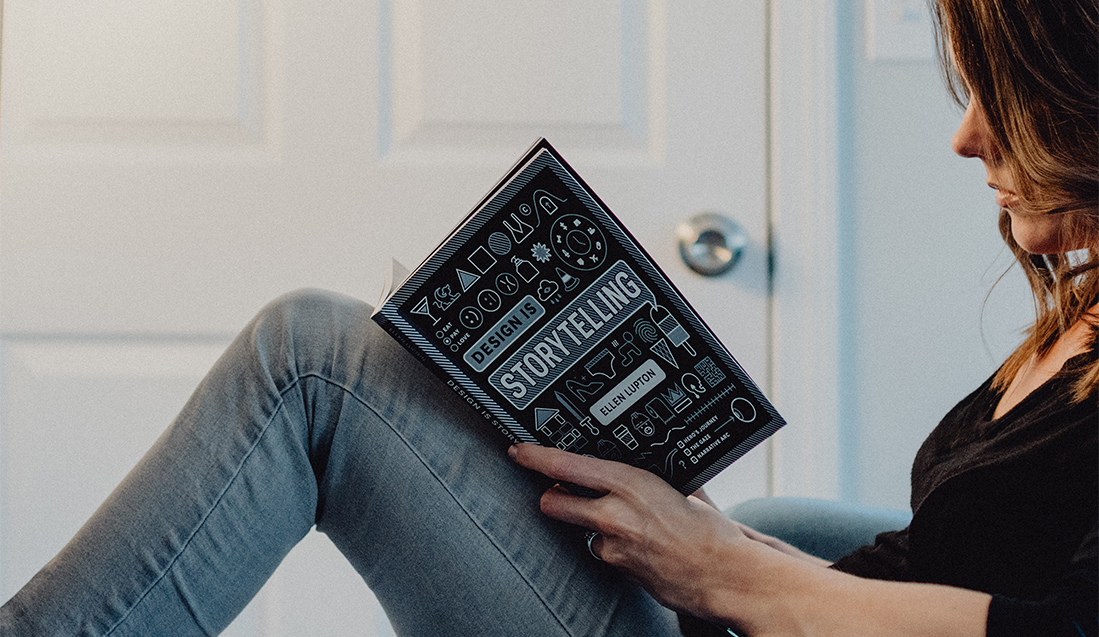7 things legacy marketers should know to make their case studies more engaging and effective
Since Flourish began its life back in 2003, we’ve always had charities on our client list. We’ve worked with organisations of all sizes, gaining a vast amount of knowledge of donor engagement and development, particularly in the area of Legacy Marketing.
It’s why Guardian Angel Network invited us to speak at their successful ‘Leg up for legacies’ webinar series, and last week we had the privilege of passing on our insights around the theme: ‘Storytelling: how to write an engaging case study.
Legacy marketing is unique; there’s no immediate benefit for someone today. And they won’t be here to see what good their gift does. Remembering a charity in your Will is a purely altruistic act. But even a charity’s most fervent supporters aren’t guaranteed to become legacy supporters – legacy marketing is about inspiring supporters to take the next step and pledge a gift in their Will.
So, how do you inspire people through marketing? Stories. Through the telling of stories, you can make an emotional connection with a prospect and demonstrate that your charity reflects their values. In legacy marketing, stories are told through case studies.
To make sure your case studies are as engaging as they can be, they must connect to your audience. We’ve shortlisted the below criteria to help you make the most of your case study stories:
1 Know the frame in which you stories will appear
Legacy marketing campaigns tend to fit into a few ‘narrative frames’. Understanding these will make sure your case studies fit with the broader narrative of your campaign.
• Autobiographical Storytelling is about sharing an experience in the past.
• Symbolic Immortality is the idea that a legacy helps you ‘live forever’.
• Connection to loved ones is about the impact a gift could have on those around you.
• Aversion avoidance is about doing something now that could protect you, or your loved ones in the future.
The frame you choose is all about the audience you’re going after. Older people tend to respond better to autobiographical storytelling / symbolic immortality. Younger people tend to respond better to connection with friends and family / aversion avoidance.
2 Choose your narrator wisely
The messaging you’re trying to support should inform the ‘voice’ you choose. It’s all about where the authority lies. Can the case study legitimately comment on the thing you’re using them for? Only a service user can tell you what it’s really like to be homeless, have cancer, or be affected by depression. But a relative can tell you how much it’s affected the wider family. Trying to norm legacy giving? Legacy Supporters, their relatives and solicitors might be a good choice. The impact legacies can have on the cause? A Charity CEO can talk with authority about the facts and figures.
3 Relatability is important
The closer your audience is to your case study in age and experience, the more relatable their story will be. The obvious exception to this rule is first-hand accounts from service users. Supporters often choose a charity because they have a personal link, but most of your audience will have no direct experience of the cause, be it blindness, cancer, homelessness, poverty, asthma etc.
If you have a case study that isn’t that close to your target audience, instead look for common ground. A 45-year-old man might not easily relate to a 75 year old women’s view of the world, but does know what it means to be a parent. Just as your audience might not know what it means to be homeless, they can still imagine what it must feel like like having to use a public toilet to wash in.
4 You have to be authentic
There’s no point nailing relatability if what happens in your case study comes across as inauthentic.
Look at these two case study excerpts:
“My wife started forgetting things. We were going on holiday and she packed the wrong clothes. It was terrible.”
“We’d packed to go to Cyprus. Vera had three cases. We had to pay extra for them. When we got there she’d packed fleeces, warm clothes – I said: ‘what have you done that for love?’ She just shook her head and said she was sorry. I knew then that this wasn’t just a bit of forgetfulness”
Both excerpts are true. But the first feels less authentic. The key is just enough detail. Too little and your case study will feel generic. Too much and it will feel contrived. Look for the nuggets of detail in a story and include two or three in your case study.
5 Understand the narrative arc
Case studies in a social post, online video or even a direct mail pack don’t exist in isolation. We should think of them as individual tales in a bigger story. Every case study should support the narrative arc of the campaign or the brand.
6 Consider a story strategy
We’re all used to content strategies to ensure our messaging doesn’t fatigue and we’re constantly providing engaging material for our audiences. Legacy marketing is no different. The lifecycle of a legacy supporter from prospect to pledger can take decades. You need to make sure that the stories you tell them are fresh and keep them engaged.
7 The perfect case study doesn’t exist!
You need to use the most relatable story for your audience, depending on the stage they are at in their journey from prospect to pledger.
